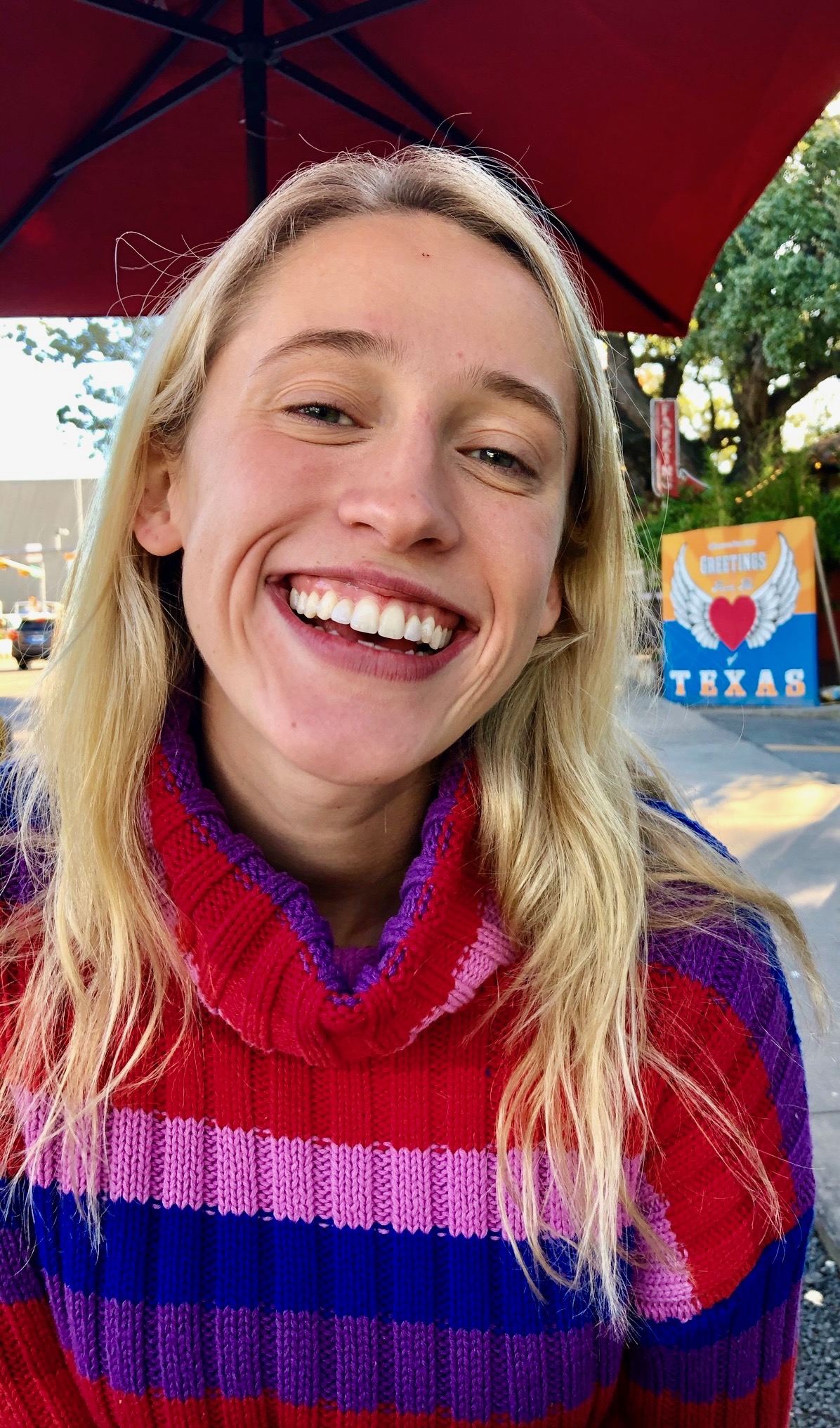Child / Adolescent - Anxiety
A Preliminary Examination of the Impact of an Online cognitive behavior therapy group on Asian American Adolescents
(PS3-D94) A Preliminary Examination of the Impact of an Online Cognitive Behavior Therapy Group on Asian American Adolescents
- SS
Sophia R. Siciliano, M.S.
Doctoral Candidate in Clinical Psychology
PGSP-Stanford PSY. D. Consortium
Oakland, California - OB
Olivia Joy Borge, B.S., B.A.
Research Assistant
Stanford University
Kula, Hawaii - HF
Hannah Fox, M.S.
Doctoral Candidate
PGSP-Stanford PSY. D. Consortium
San Francisco, California - MM
Maximillian Macias, M.S., M.Ed.
Doctoral Candidate in Clinical Psychology
PGSP-Stanford PSY. D. Consortium
Sunnyvale, California - VC
Victoria E. Cosgrove, Ph.D.
Clinical Associate Professor
Stanford University School of Medicine
Stanford, California 
Michelle Hull, M.A.
Doctoral Student in Clinical Psychology
PGSP-Stanford PSY. D. Consortium
Palo Alto, California
Author(s)
Co-Author(s)
Rates of adolescent anxiety have increased with the COVID-19 pandemic (Benton et al., 2021; Selçuk, 2021). Additional psychosocial factors impact the mental health of specific adolescent populations (Lee & Howard, 2022). This includes the increasing marginalization and violence against the Asian American community (Lee & Howard, 2022). Rates of anxiety disorders have significantly increased in Asian Americans from 2019-2020 (Lee & Howard, 2022). Disparities exist in access and quality of psychiatric treatment for Asian Americans compared to other racial and ethnic groups, necessitating improved treatment options for this population (Lee & Howard, 2022; Yang et al., 2019). Cognitive behavioral therapy (CBT) has effectively treated anxiety in Asian Americans (Tang et al., 2015). The present preliminary study examines the impact of an online Group Cognitive Behavioral Therapy (GCBT) intervention on anxiety symptoms in Asian American adolescent participants compared to participants of other races/ethnicities. Participants aged 12.5 to 17 (M=14.71, SD=1.46) self-identified as White (n=7), Asian American (n=11), Hispanic (n=2), and multiracial White/Mexican (n=3). Participants received an eight-week intervention of a 90-minute GCBT (n=12) or a one-time psychoeducation intervention (n=11). Scores on the Generalized Anxiety Disorder-7 (GAD-7) were collected at baseline and follow-up. GAD-7 change scores (follow-up minus baseline) were calculated and used in MANOVA. GAD-7 change scores were higher for GCBT (M=5.000, SD=1.481) versus psychoeducation (M=-.354, SD=1.375); f(1,14)=7.015, p=.019. GAD-7 change scores did not differ across participants of different racial/ethnic identities (p=.267). Although online GCBT during COVID-19 may significantly enhance anxiety reduction for participants across multiple racial/ethnic identities, this study suggests that Asian American adolescents specifically may not benefit from this intervention more than adolescents with other racial/ethnic identities. This study’s strengths include its accessibility as an online intervention concurrent with COVID-19 and stressors specific to Asian Americans. Future directions include developing group content on using CBT to cope with discrimination.

